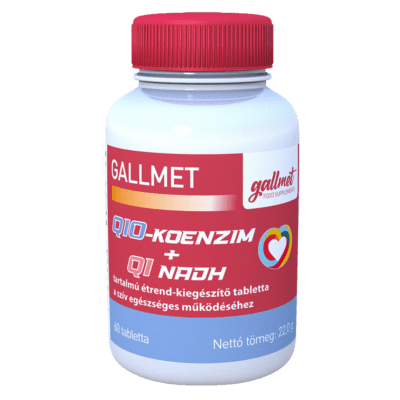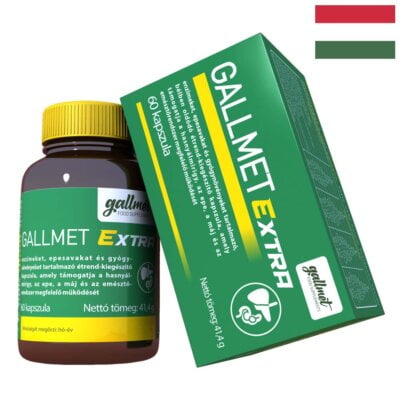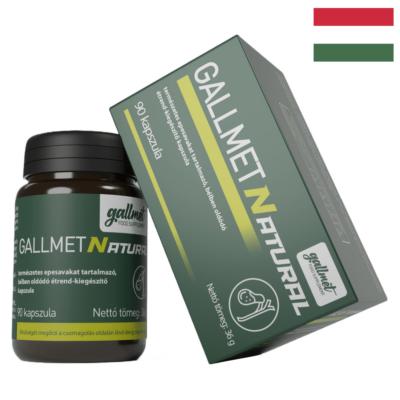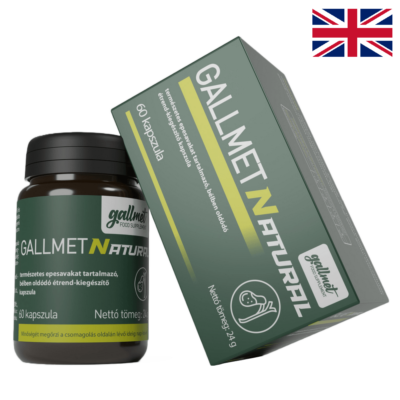The cornerstones of cholesterol metabolism

Author: Dr. Péter Légrády
Title: Eggs - Nutrition - Health (E.P.E. Ltd. - Maecenas Könyvkiadó, Budapest - 2001)
The cornerstones of cholesterol metabolism
The balance of cholesterol metabolism is created by the varying supply of cholesterol from the diet and produced in the body, the varying amount of cholesterol used up as needed, and the removal of cholesterol, the elimination of cholesterol, which is reflected in the normal blood cholesterol levels.
Except for a small proportion of hereditary disorders, abnormal elevation of blood cholesterol is caused by a disturbance of the main factors of balance, which in theory can be due to both excessive cholesterol consumption and reduced elimination.
In healthy people, even extremely high cholesterol intake does not result in abnormal blood levels, because the body eliminates the unused and thus surplus cholesterol through elimination, the key points of which are bile (acid) production, bile flow and emptying, and excretion in the faeces.
So the liver converts cholesterol into bile acid, i.e. the cholesterol molecule is used up when it is converted into bile acid. This process is the only possible biochemical way to remove cholesterol from the human body. In addition, bile acid also carries a significant amount of cholesterol from the liver to the bile ducts and from there to the intestinal tract, where most of it is finally eliminated from the human body in the faeces. Once the high demand has been met, the body gets rid of the excess cholesterol through the efficient elimination mechanism.
The excess cholesterol that remains in the body, and is now truly harmful, eventually gets deposited on the blood vessel walls, infiltrates the cells and causes atherosclerosis.
The amount of cholesterol in the intestines from food varies depending on its content, with about two-fifths being absorbed, with some variations of %: less in high intakes and more in low intakes.
In an elderly man who had consumed 25 eggs a day for 15 years at a very extreme level, the absorption rate was significantly reduced to 18 % [Kern, 1991], whereas in vegetarians who consumed little cholesterol, the absorption rate was only 45 %, just above average.
However, the regulatory effect of absorption rate is only secondary: in extreme cholesterol intake, despite the significantly reduced absorption, relatively large amounts of cholesterol are absorbed and there is also more excess cholesterol, which is removed by the elimination system.
Low cholesterol diets increase the body's own synthesis - to provide what it needs - while higher intakes reduce it, but still leave a large supply of cholesterol, the unused excess of which is removed by proper elimination.
This control is similar to the water flowing in and out of the bathtub: if the water is already over the rim of the bathtub and flooding the room, it does little to reduce the amount of water flowing in (cholesterol ingested) while the water flowing out (elimination) is impeded. However, water can flow from both taps at full force if the drain is free, because the drainage system is inherently larger (as in a healthy body). And the overflow is the interaction of intake and self-synthesis: decreasing intake with increasing synthesis and increasing intake with decreasing self-production prevents the body from overflowing with cholesterol.
Of course, this example is not so simple (just as cholesterol metabolism is not): water evaporates, splashes out, but there are also indecisive questions about why the direction of the swirl is the way it is, or whether turning the tub to the right or left drains it faster, etc. - just as, no doubt, there are equally important questions about cholesterol metabolism.
Essentially, therefore, blood cholesterol is normalised during increased bile formation and excretion compared to the past, i.e. the elimination defect that occurs during life is primarily responsible for high blood cholesterol, apart from a small number of hereditary defects. This is suggested by the correlation of a detectable increase in elimination dysfunction with age with an increase in cholesterol with age, which then declines permanently when these dysfunctions are corrected. This is why even excessively low cholesterol diets are of little effect, because it is not the dietary cholesterol that is the cause of the problem, but the elimination disorder.
GALLMET products are available in ALL Hungarian pharmacies and herbal shops or can be ordered!
Click on the [print-me] icon to print the page


























